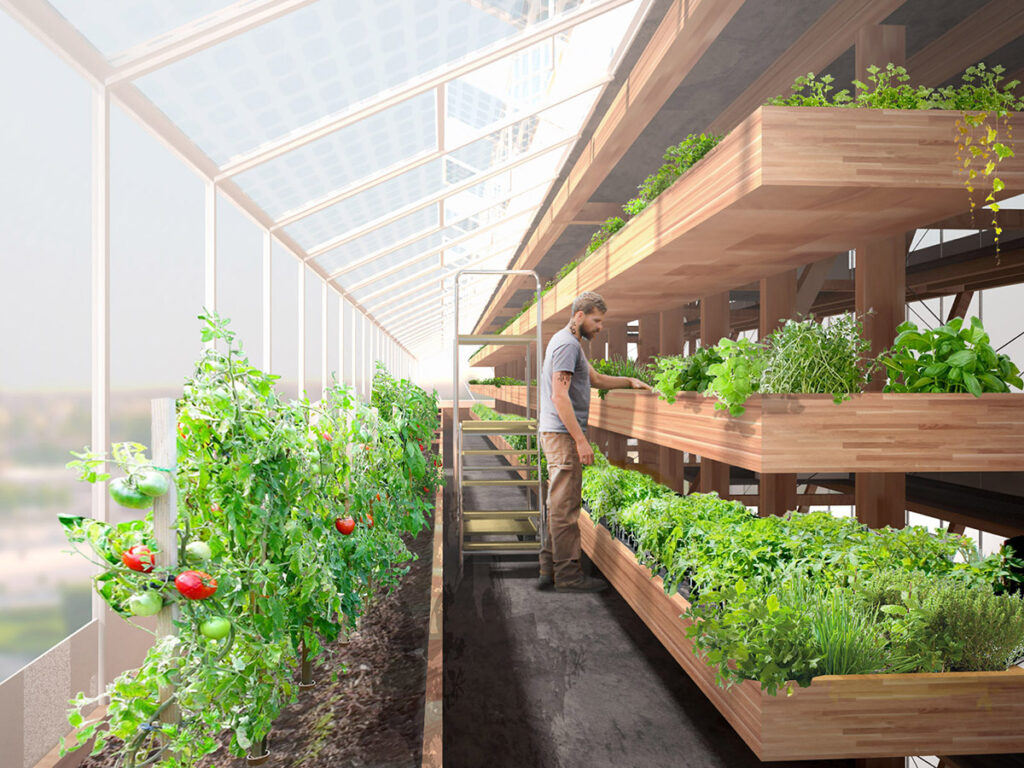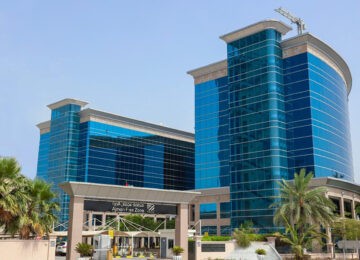Introduction
In today’s environmentally conscious world, sustainability has become a critical consideration in every industry. The food production sector is no exception, with food plant architects playing a pivotal role in creating eco-friendly and efficient facilities. One notable firm, Stendel + Reich, is at the forefront of integrating green design principles into food plant architecture, ensuring that these facilities are not only productive but also sustainable.
The Importance of Sustainable Food Plant Design
Sustainable design in food plant architecture goes beyond just meeting regulatory requirements. It involves a holistic approach that considers the environmental impact of the entire building lifecycle, from construction to operation and eventual decommissioning. Sustainable food plants are designed to minimize waste, reduce energy consumption, and improve the overall efficiency of food production processes.
Key Green Design Principles
Energy Efficiency
Energy efficiency is a cornerstone of sustainable food plant design. Food plants require substantial energy for refrigeration, processing, and lighting. By incorporating energy-efficient systems such as LED lighting, high-efficiency HVAC systems, and renewable energy sources like solar panels, food plant architects can significantly reduce the carbon footprint of these facilities.
Water Conservation
Water is a critical resource in food production. Green design principles emphasize the importance of water conservation through the use of efficient plumbing fixtures, water recycling systems, and rainwater harvesting. These measures not only reduce water consumption but also lower operating costs.
Waste Reduction
Minimizing waste is another key aspect of sustainable design. This includes implementing processes to reduce food waste during production, recycling materials whenever possible, and designing facilities to facilitate easy waste management. Innovations in packaging and material handling also play a crucial role in reducing overall waste.
Case Study: Approach
Food plant architect Stendel + Reich exemplifies how green design principles can be effectively integrated into food plant architecture. Their projects often feature advanced energy management systems, sustainable materials, and innovative waste reduction techniques. By focusing on sustainability, Stendel + Reich not only helps clients meet environmental goals but also enhances the long-term viability and efficiency of food production facilities.
Conclusion
Sustainability in food plant architecture is essential for creating facilities that are both environmentally friendly and economically viable. By adopting green design principles such as energy efficiency, water conservation, and waste reduction, food plant architects like Stendel + Reich are leading the way in transforming the food production industry. These efforts not only contribute to a healthier planet but also ensure the sustainability and resilience of food supply chains for future generations.











